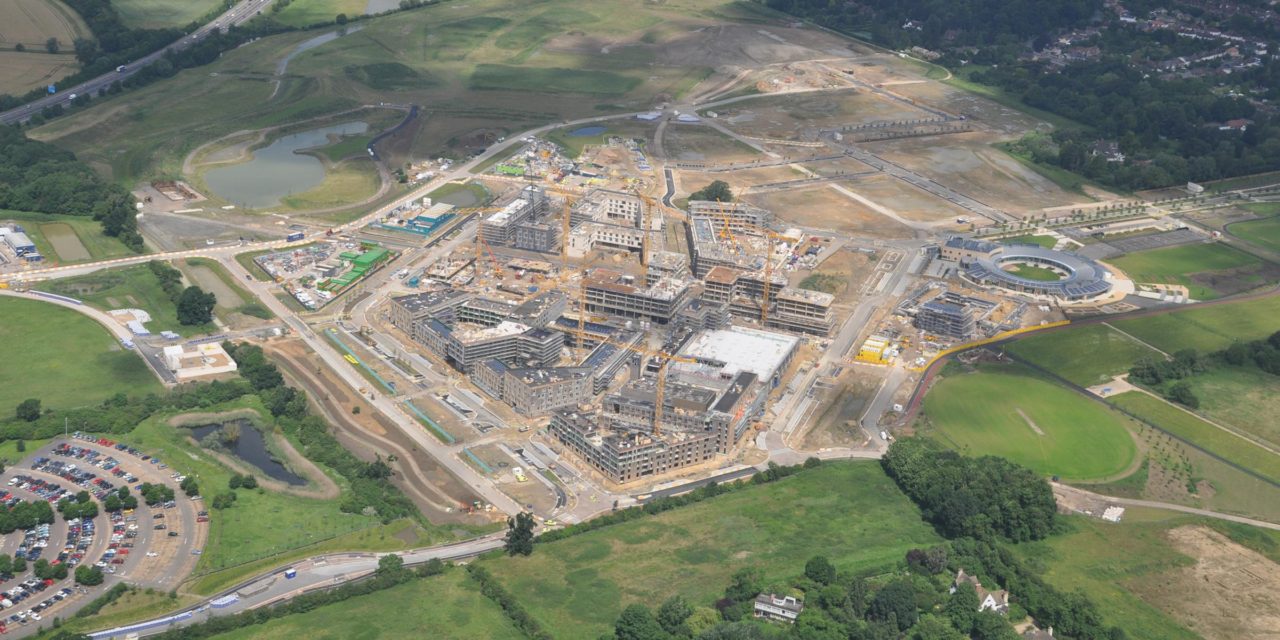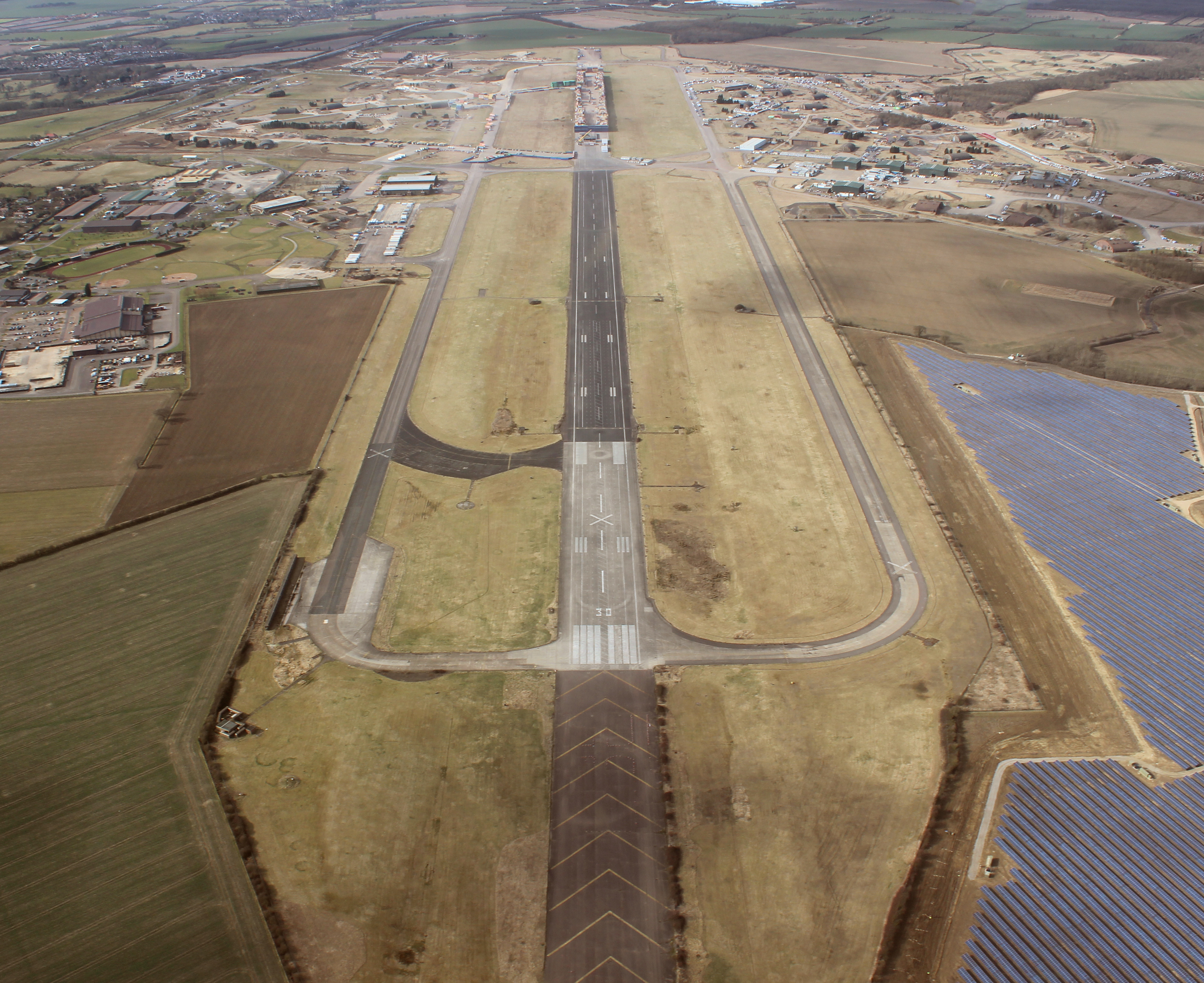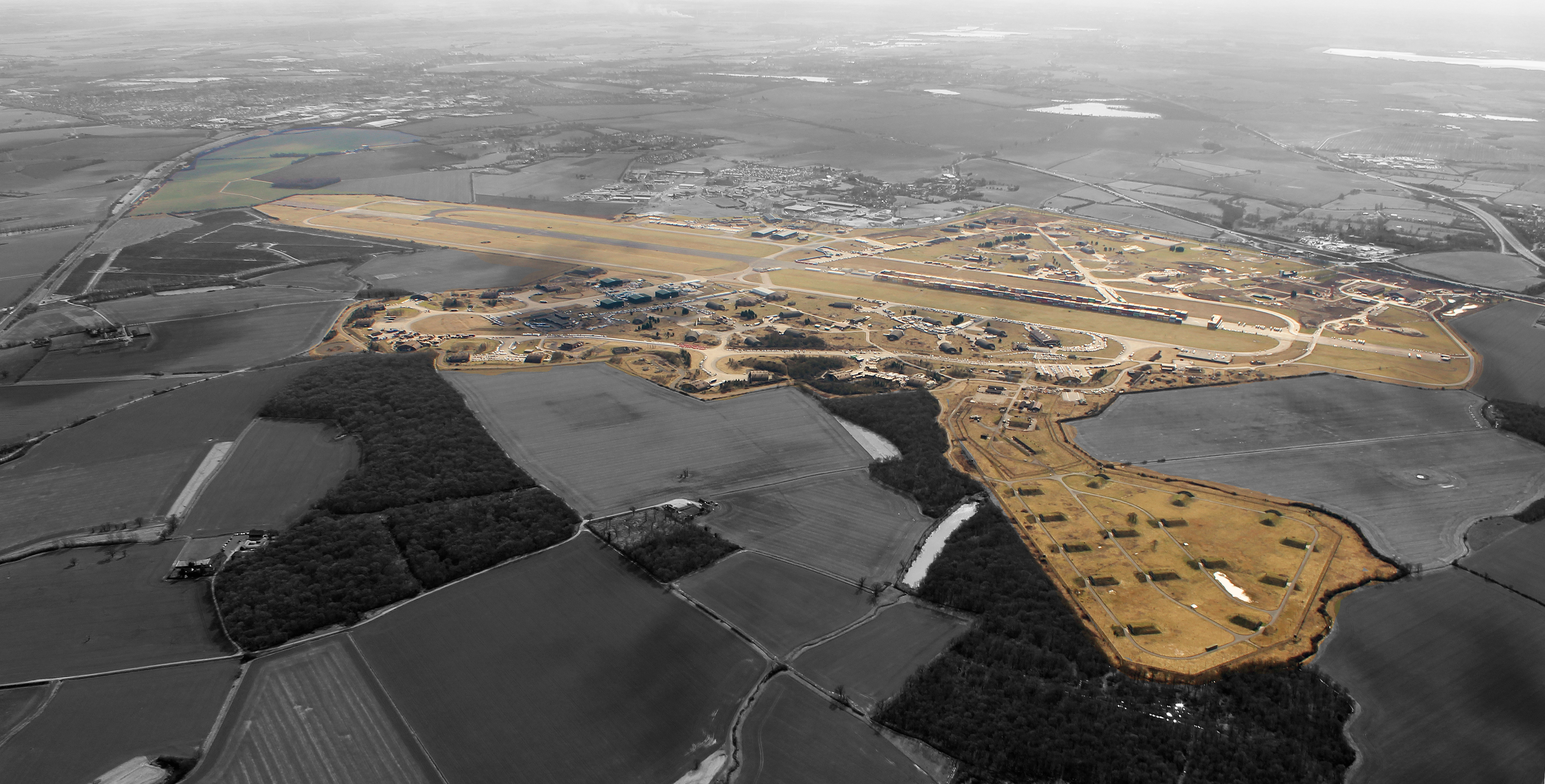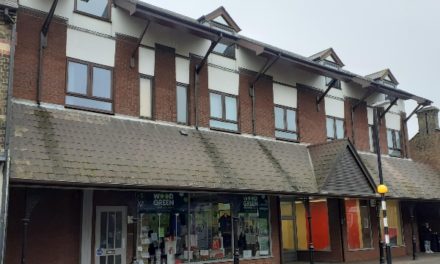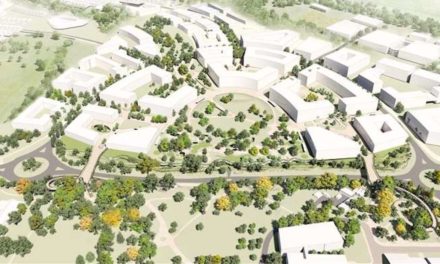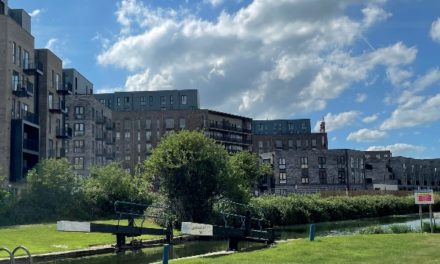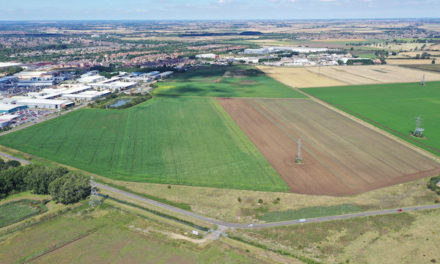Elliot Page, Director – Transport from Stantec and one of our Eastern Echo Voices writes exclusivity about his view on the future of transport and over reliance on the car.
Despite some significant changes and disruptions in travel patterns and use over the last 20 years, many members of the public and the planning system remain focussed on continued road use and congestion. Contrary to the intention of national transport planning policy, highway capacity measures are still often seen as lower risk, more acceptable solutions, than measures in support of more sustainable transport.
This has recently been reported in the ‘The Garden Villages and Garden Towns: Visions and Reality’ (Transport for New Homes) report which has shown that even after millions of pounds worth of investment to update and refocus transport planning, modelling and strategy, many new communities being delivered under the herald of Garden Villages are largely car dependent.
This inability to shift public perception and a planning system away from methods of assessment which perpetuate car use, has frustrated many of the more enlightened industry professionals over the years. No matter how often the Transport Planning industry pushes for a more rounded and sustainable approach to development, highway-based assessment and therefore highway-based solutions still dominate the volumes of Transport Assessments that sit on the desks of Local Authorities. That is perhaps, until now, where the forced changes in our society, as a result of the COVID19 outbreak, have compromised the way we live but have also shown us an alternative future.
A legacy from the global post war economy was the five-day working week which sees the majority of the United Kingdom clock on at nine and clock off at five. We know the story: peak demands on creaking infrastructure, stress, frustration and wasted time as we all collectively pile into our towns and cities in the morning and then pile out again in the evening. Lockdown has disrupted this long-held set of working practices, and according to UK GOV travel statistics, March and April saw reductions in motor vehicle traffic of around 70% and in public transport of around 90%. Whilst these falls have been accompanied by a shocking dip in GDP, they have, in parallel, demonstrated that some the of the previously entrenched values and expectations are unhealthy, unnecessary and often unproductive.
How then might these forced and unprecedented changes manifest in a new transport assessment process; one that doesn’t look backwards to forecast a future that ironically transport policy have long tried to avoid? How do we even begin to assess a future given the uncertainties that have engulfed and effected every life on the planet in a matter of months?
Working with an Uncertain Future
Stantec have long promoted flexibility in our assessment work. We created our unique Monitor & Manage adaptive phased approach to Transport Assessment where flexibility in design theory is embedded into the mitigation strategy to deal with evolution, change and risk; a technique that has never been more appropriate. However, the opportunity to build on this adaptive and flexible approach to assessment, which allows us to deliver a more resilient and sustainable future, can still be undermined where there is a preoccupation with peak hour, car-based travel and breaking this chain can still prove problematic.
However, we as a nation are soul searching to work out what society we actually want to live in. The general mood music appears to be that healthy, socially cohesive, locally connected spaces and places have been brought into sharp focus. Whilst many in the development community have long spoken of this future, it appears, that fuelled by an appreciation of better air quality, safer streets and less unnecessary travel, that public perception is now on the same page and a general consensus is emerging.
The tide of change in public opinion has been swift. Many UK cities and transport authorities have proved to be remarkably dynamic and have tapped into the nations psyche to lock in the benefits the pandemic has brought. These changes have included the reallocation of carriageway space to deliver wider footways and cycleways, the adoption of temporary Traffic Regulation Orders to deliver parklets or road closures. In Cambridge, the closure of Mill Road Bridge to private motorised traffic has been approved and whilst this is proving controversial, the magnitude and swiftness of the move demonstrates the momentum of the movement. Looking at the most recent data, we need to be careful that there is just a return to business as usual as these types of schemes provide a real-world test of what could be.
Objective Based Vision Setting
As previously set out in Stantec’s Places First publications, this moment in time means that the move towards a ‘vision and validate’ approach in our assessment work is required, and I would argue this is now wanted. This doesn’t need large tracts of technical guidance to be rewritten, but it does mean that we need to use our existing tools and techniques in a different way. We need to start with a shared understanding about the nature of the place we are aiming to create, devise a strategy to deliver the agreed vision, and then use our transport assessment skills to demonstrate the most appropriate way of delivering this. This process needs to test alternative policy scenarios to identify the most resilient strategy, taking into account the uncertainties associated with forecasting in a fast-changing world. An adaptive ‘Monitor & Manage’ approach to implementation will be central to the process. Using these techniques to deal with forecasting an uncertain future but delivering a vision that helps us find consensus despite uncertainty, has to be adopted in the mainstream Transport Assessment process.
While the pandemic has affected the world in untold ways, one consequence has been the speed in which transport providers and planners have moved to deliver meaningful change to our streets and places. It has created a unique moment in time where our industry has stepped up and worked within the circumstances to generate positive outcomes for the longer term. We are less sure than ever of what the future looks like in transport terms but that means we need an assessment process able to flex and adapt and a set of objectives we all collectively strive to deliver.
Please rate this article out of five stars below.
You can comment too, using the form at the bottom of the page.
© Eastern Echo (powered by ukpropertyforums.com)

